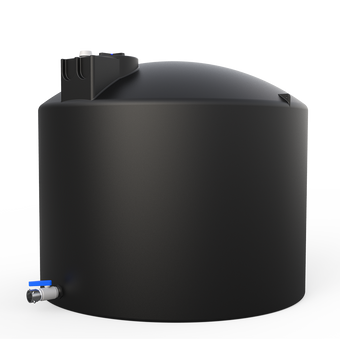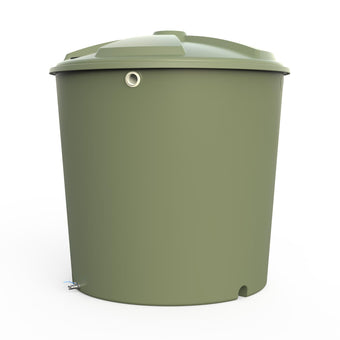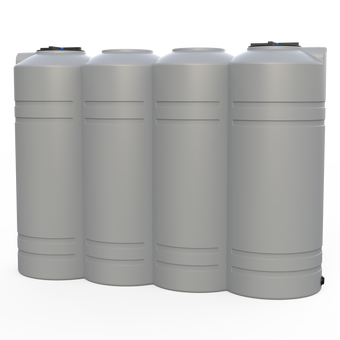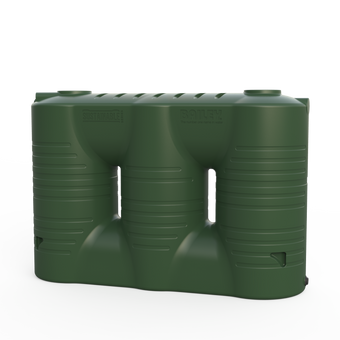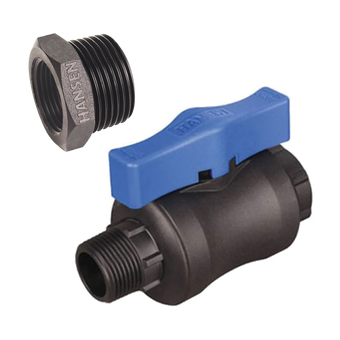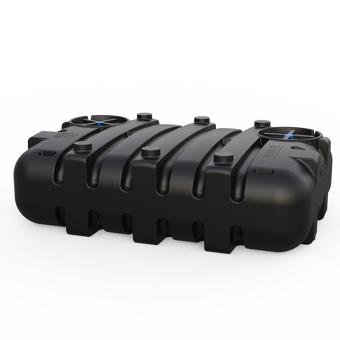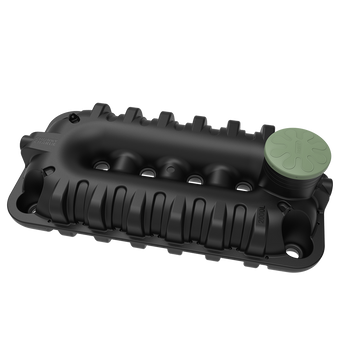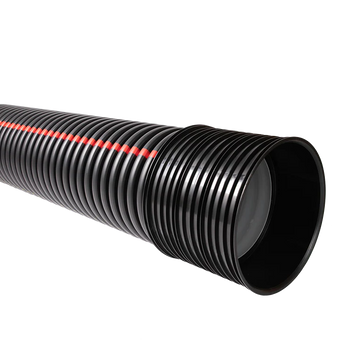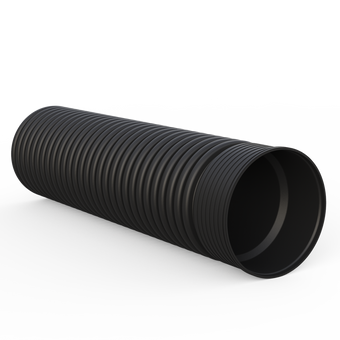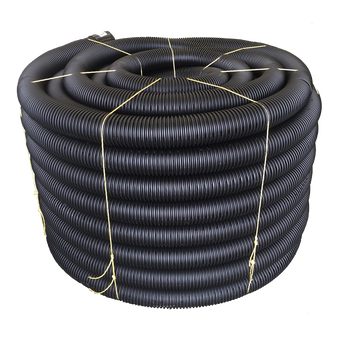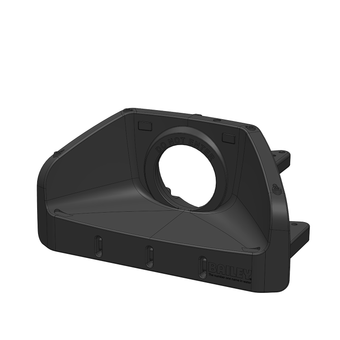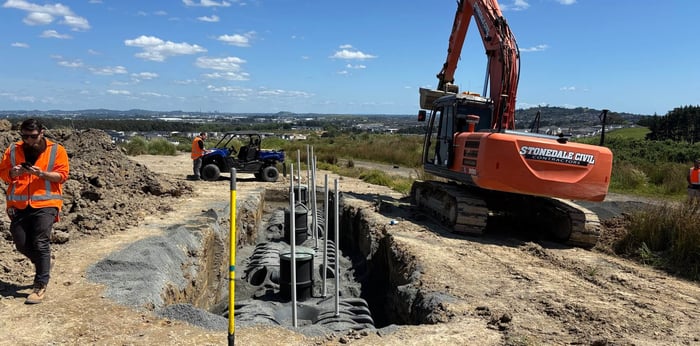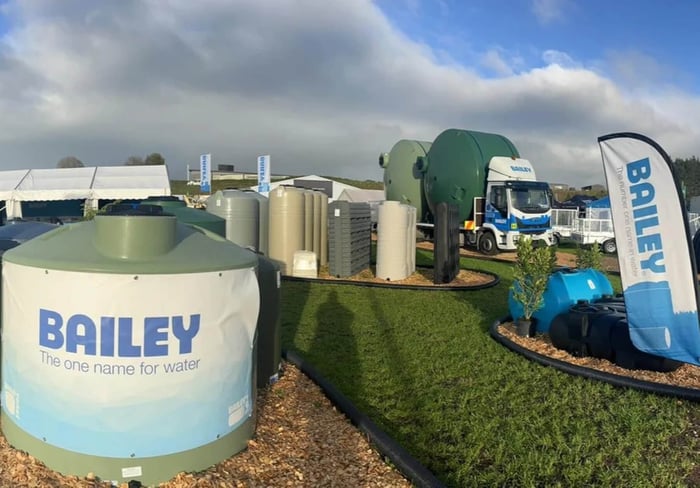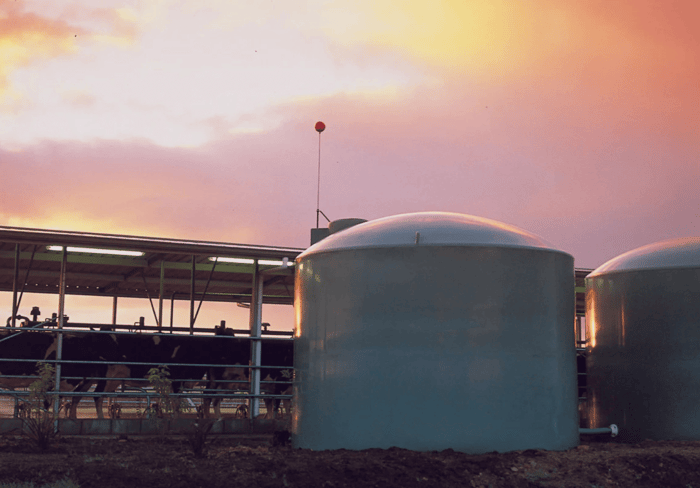Following the successful completion of Finite Element Analysis (FEA) during the design phase of our new Chunky Charlie underground tank, Bailey Tanks proceeded with a comprehensive real-world load testing program. This second-phase testing aimed to validate our FEA findings and assess actual tank performance under site-specific conditions.
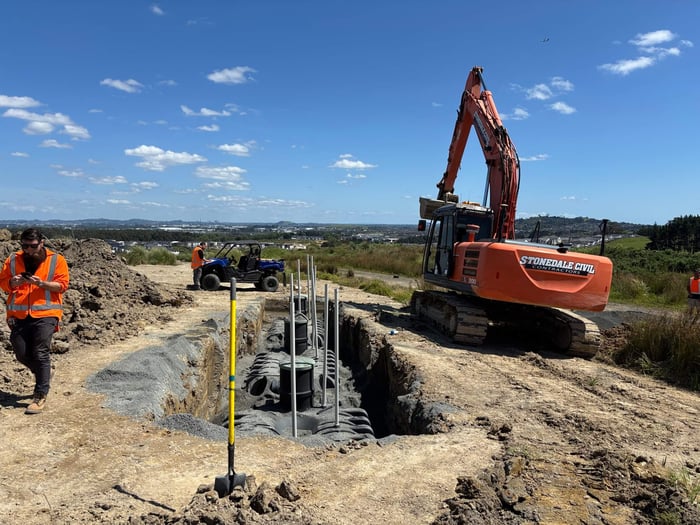
Bailey Tanks partnered with Burrett & Associates to design and supervise a full-scale test installation involving three prototype tanks - a 2000L, 3000L, and 5000L unit. To monitor structural response during backfilling, three 50mm PVC pipes were inserted into the top face of each tank. These pipes extended above the final ground level and allowed accurate measurement of vertical deflection during and after installation. This method provided a simple yet reliable way to observe how the tanks behaved under increasing loads.
Martin Sporli, Engineer at Burrett & Associates, added: “It was exciting to be part of real-world testing on a new, innovative product range. The data from the testing validated the performance of the tanks under soil loading.”The installation was carried out by Stonedale Civil at a dedicated test site in Manukau, South Auckland. Each tank was positioned in a controlled trench and buried with 550mm of pea metal backfill of cover. This depth represented the maximum burial scenario when a riser extension is installed. The weight of the backfill imposed loads of approximately 5800kg for the 2000L tank, 6800kg for the 3000L tank, and 8350kg for the 5000L tank.
Initial deflection measurements were taken immediately after the 550mm of pea metal was placed. These readings ranged from 6mm to 45mm, well within acceptable tolerances. These results were particularly encouraging as they closely mirrored the deflection estimates predicted in our earlier FEA simulations, confirming the accuracy of the digital models.
Two weeks later, the tanks were re-measured to assess any settling or creep in the polymer structure. Minor increases in deflection were observed, ranging from 6mm to 14mm across the tanks. This gradual increase was expected and remained within safe parameters, further validating the integrity of the design.
To push the tanks beyond standard operating conditions, an additional 290mm of compacted Gap20 aggregate was added over the tanks. This secondary load introduced significant stress, simulating worst-case backfill scenarios such as heavy overburden from soil. After this placement, deflection measurements ranged from 1mm to 15mm, showing that these underground tanks continued to perform robustly under increased stress.
A three-month interval passed, during which the tanks were monitored for further deflection. Once again, results remained consistent, with no measurable increase beyond the 14mm to 58mm range. This confirmed that the tanks were settling into their environment without structural compromise.
For the final stage of testing, an additional 370mm of Gap20 was applied, creating a total burial depth well beyond what the tanks were designed for. This final stress test served to challenge the tanks under extreme and unrealistic conditions, offering insight into their ultimate performance limits. Despite this, the deflection readings taken immediately after this load remained between 3mm and 20mm - an excellent outcome given the cumulative load.
The real-world testing strongly confirmed the earlier FEA predictions and demonstrated the durability and resilience of the Chunky Charlie tank range in demanding field conditions. Both Bailey Tanks and our engineering partners were extremely pleased with the results, which highlighted not only the strength of the tanks but also the value of rigorous pre-manufacturing analysis.
